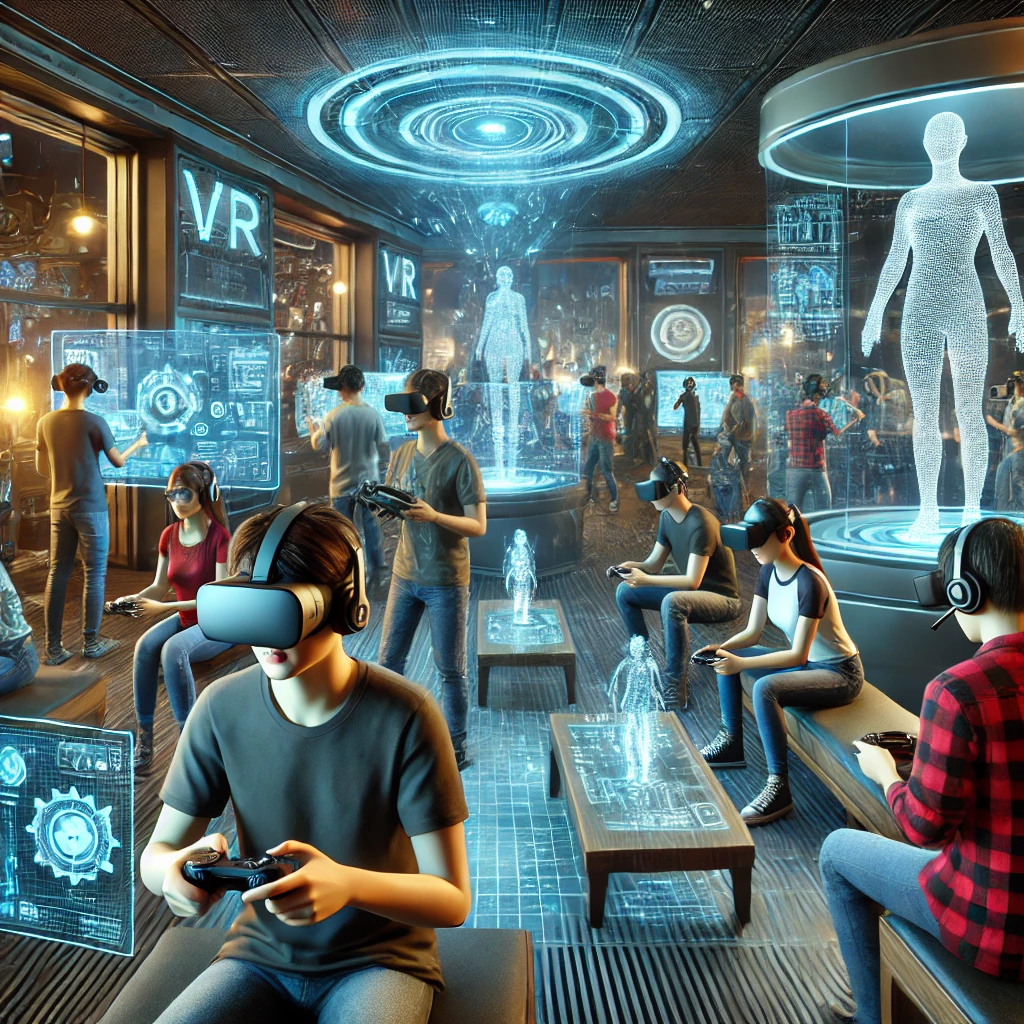The Impact of Virtual and Augmented Reality on the Future of Computer Games

The rapid advancement of technology has profoundly transformed the gaming industry, with virtual reality (VR) and augmented reality (AR) at the forefront of this evolution. These cutting-edge technologies are not only redefining how games are played but also shaping the future of interactive entertainment. As VR and AR continue to gain traction, they promise to create immersive experiences that blend the digital and physical worlds seamlessly.
One of the most significant impacts of VR and AR in gaming is the enhanced level of immersion. Traditional gaming offers engaging experiences, but VR and AR take this to a new level by allowing players to step inside the game world. VR headsets provide a 360-degree view of the environment, making players feel as if they are truly part of the action. This immersive experience is further heightened by the use of haptic feedback and motion tracking, which replicate physical sensations and movements.
Moreover, AR has the unique ability to integrate digital elements into the real world, enhancing the player's surroundings with interactive features. This technology transforms everyday environments into dynamic gaming arenas, where players can interact with virtual objects superimposed on their physical space. AR games encourage players to explore their real-world surroundings, creating a blend of physical activity and digital interaction that is both engaging and innovative.
The social aspect of gaming is also evolving with the advent of VR and AR. These technologies enable more interactive and collaborative multiplayer experiences. Players can meet in virtual spaces, communicate in real-time, and embark on cooperative missions, all while feeling physically present in the same environment. This fosters a sense of community and camaraderie among players, making gaming a more inclusive and social activity.
Furthermore, VR and AR are expanding the possibilities for game developers. These technologies open up new avenues for creative storytelling and game design. Developers can craft complex narratives and intricate worlds that would be impossible to achieve with traditional gaming platforms. The ability to manipulate the game environment in real-time and respond to players' actions dynamically adds depth and richness to the gaming experience.
However, the widespread adoption of VR and AR in gaming does come with challenges. High development costs and the need for powerful hardware can be barriers to entry for both developers and players. Additionally, ensuring comfort and reducing motion sickness in VR environments are crucial for maintaining player engagement. Despite these hurdles, the potential of VR and AR to revolutionize gaming remains undeniable.
In conclusion, virtual and augmented reality are poised to reshape the future of computer games. By providing unparalleled immersion, fostering social interaction, and enabling innovative game design, these technologies are setting new standards for interactive entertainment. As VR and AR continue to evolve, they will undoubtedly unlock new possibilities and transform the gaming landscape in ways we have yet to imagine.


Lillie-May Fuller
The attention to detail in this game was unmatched, which created a truly immersive experience. The heavy atmosphere was addictive, and the stylish presentation of the plot kept in suspense.
Dominic Doherty
This game is a real gem, combining pleasant music and visual effects. The graphics are simple but beautifully done, and the visual execution is top notch. The game has memorable characters, high-quality anime style and exciting gameplay that is sure to entertain you.